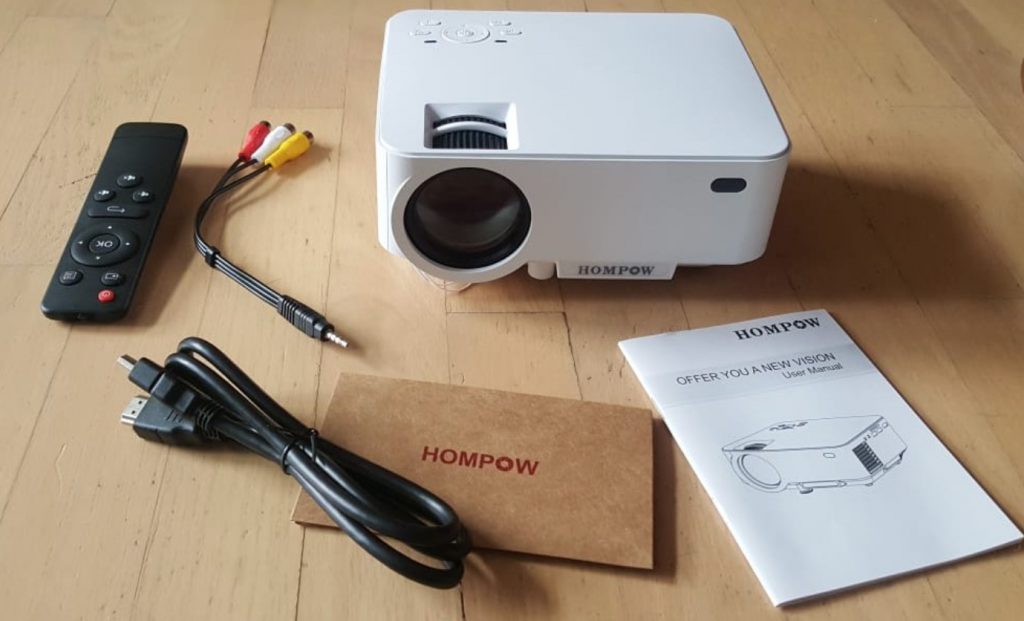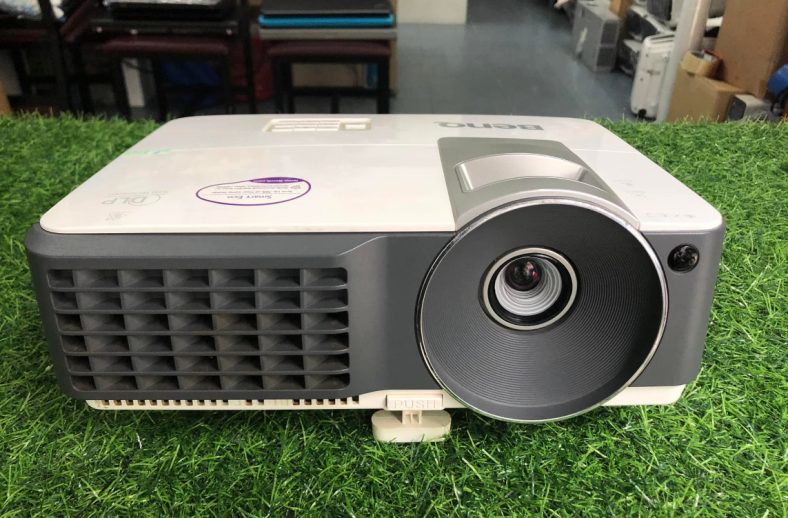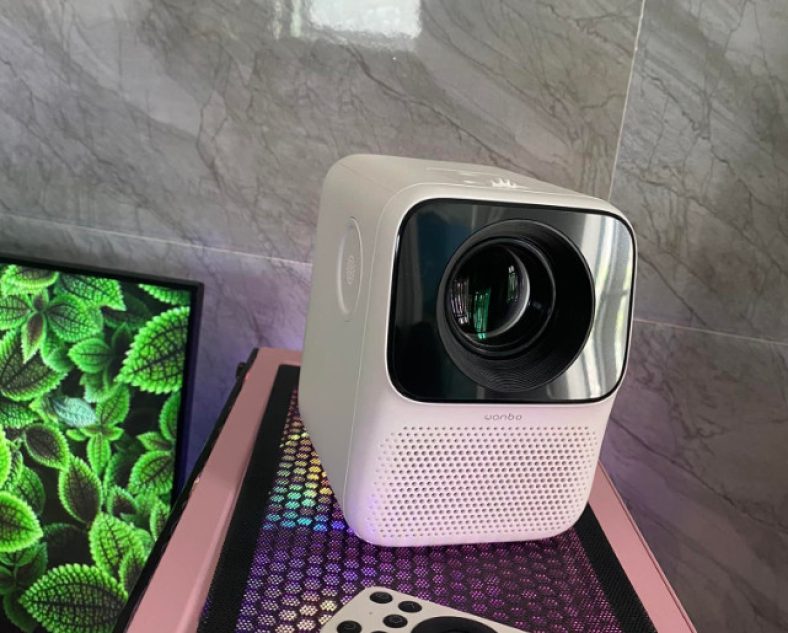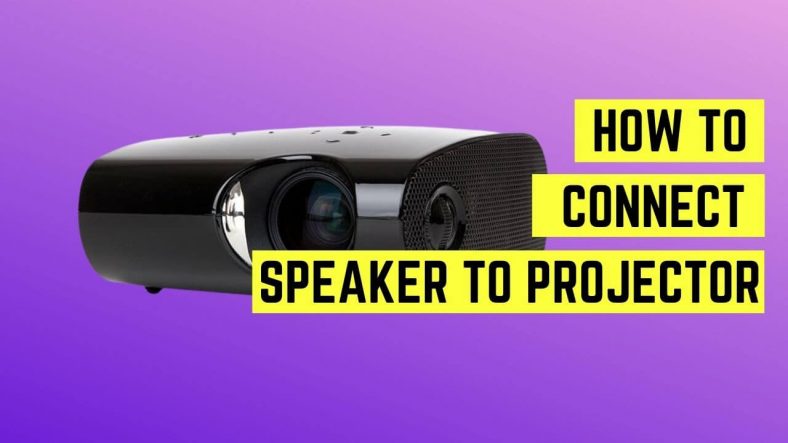What Projectors do Movie Theaters use?
Today, cinema operators are using the best projectors to give audiences the best cinematic experience.
The commercial projectors they use are larger and heavier versions of the model that we normally use every day at home.
So, what projectors do movie theaters use? Let’s read this article from top to bottom to get the correct answer!
Table of Contents
What Projectors Do Movie Theaters Use?
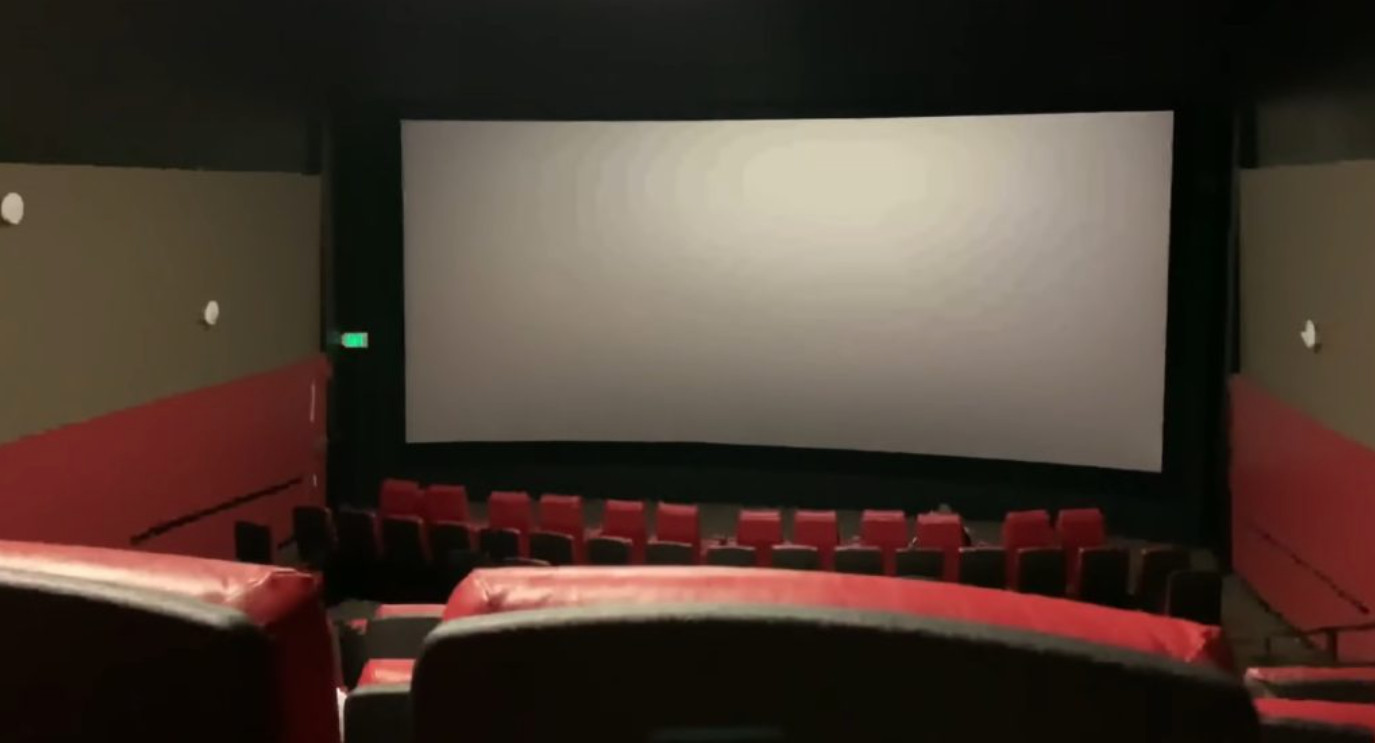
Most theaters use digital projectors or analog ones. Before entering the digital area, they used analog projectors with 35mm film to show movies.
Digital models are considerably more costly than analog ones as they feature more parts.
For conventional projectors, only apply the sole maintenance process as a replacement of the film reel, which happens every few months. However, digital projector maintenance will require replacing individual parts.
In most cases, projectors used in cinemas tend to use the 4K, Ultra HD format. Some cinemas have even adopted the 8K format. You may have noticed that 4K and Ultra HD are what you can gain from modern TVs.
Related: Do Projectors have sound?
Main Specifications of Projectors Utilized in Cinemas
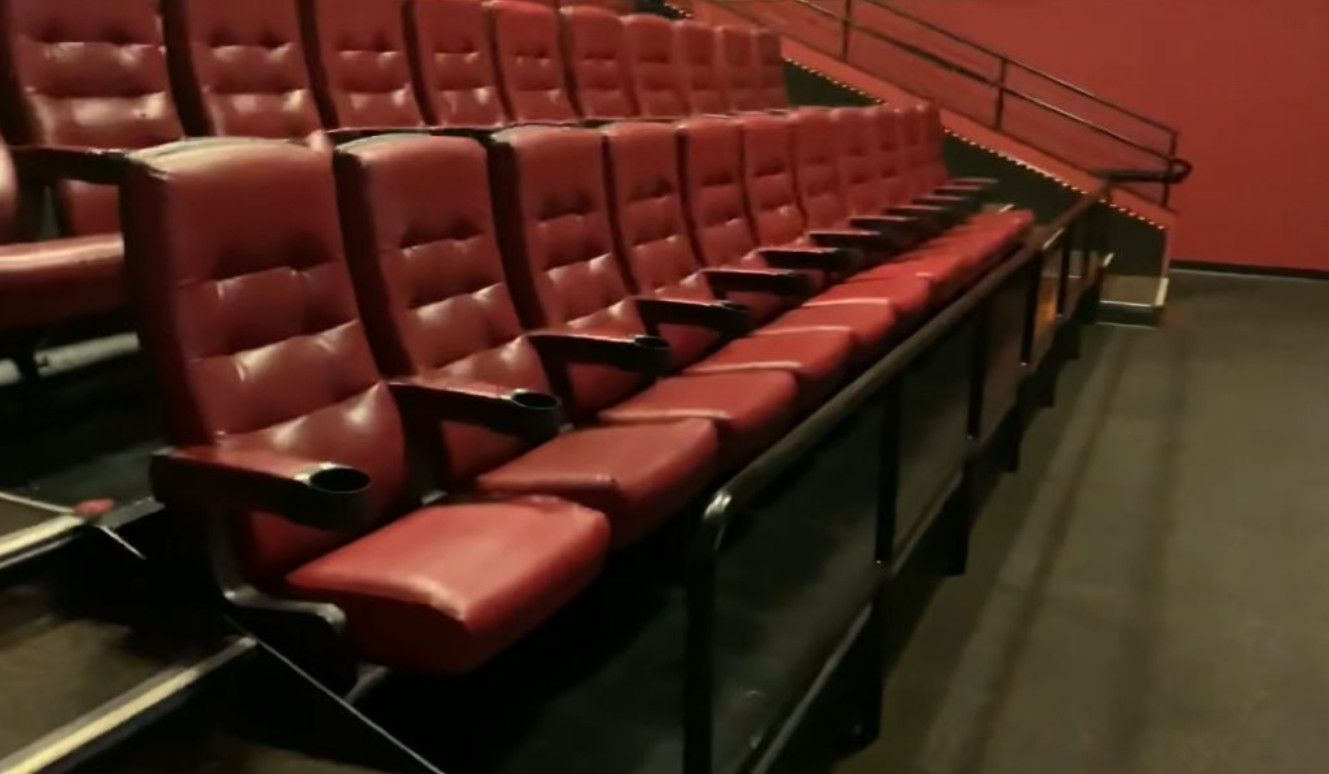
How is the device you find in a movie theater different from the device at home? The answer is “many factors.”
Price
The device used at a movie theater will often require additional elements, which can drive costs up significantly. They include servers, hard drives, and other add-ons.
These projectors are usually huge as they come with many expensive electronic components to project the movies in the best possible quality. As a result, a kit can range from $10,000 to $80,000, depending on the size of the projector.
Bright and Resolutions
Devices used in a theater must have high brightness, with more lumens, to provide the brightest picture possible.
Projectors used in theaters typically feature up to 25,000 lumens of brightness, a lot more than home-use models, which typically have 3,000 lumens of brightness.
Contrast
The contrast is the ratio of the white image to the black image aspect. It is usually expressed as A: B. It will let you determine the variance of white and black of your device quickly.
The contrast capability of these projectors is scalable up to 6000:1. It means white will be 6000 times brighter than black in videos and images you receive through your TV or projector.
They feature high frame rates, giving out a smoother transition of frames.
Resolutions
Most models will offer viewers resolutions up to 1080p. However, many projectors can produce 4K resolution, providing excellent picture quality.
Screen size
Projectors used in cinemas can project onto giant screens up to 100 feet wide.
Cooling system
The cinema’s projector features liquid cooling systems with fans to cool the many parts inside them.
These devices must also be perfectly aligned in an ideal fixed position, which will allow the projection to be perfectly aligned onto the screen.
Noise Reduction
The projector used in cinemas often makes a lot of noise, which causes background noise to interfere with the image quality.
Fortunately, some models are outfitted with noise reduction circuitry to reduce picture fuzziness and reduce the amount of noise created.
Power
The type of electricity used to run the projector will determine the brightness of the image it provides. Modern models are typically powered by a standard 100-watt, 12-volt system, while more expensive and high-end devices are powered from 150 watts to 500 watts.
Related: Does A Projector Use More Electricity Than A TV?
Weight
These projectors are usually very heavy, possibly up to 140 KG. The reason is that they feature a lot of heavy parts and hardware packed inside.
Price
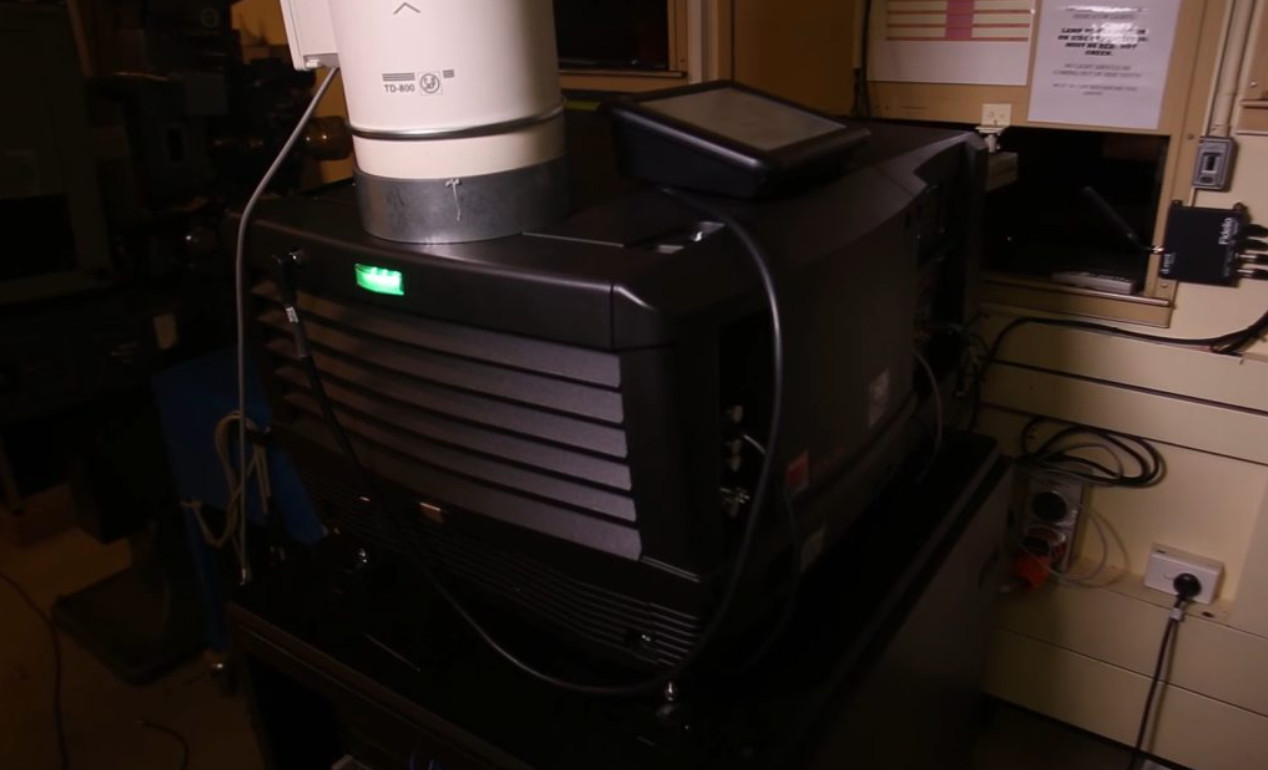
They come with many modern features, making these devices expensive to buy. Unfortunately, they can fall into the $100,000 price range, not including maintenance costs.
But in the long run, they pay off for theater operators and commercial cinemas.
Technologies
There are various technologies utilized on many different screens. For example, some cinema models utilize film strip technology, while digital ones use computer chips to deliver the images on the screen.
Other technologies that theaters utilize include available projectors, closed machines, and closed circuits.
FAQs
Why Do Cinemas Still Use a Projector Instead of Large Led Screens?
An LED screen that comes with a size that meets the cinemas would be astronomical in price. So instead, compare digital cinemas using white & giant display screens and top-notch projector technology as a more cost-effective solution.
Is It Costly to Build a Drive-in Movie Theater?
A drive-in movie theater may match the business models or needs of some business or household owners. Remember that a drive-in theater will comply with local, state, and federal regulations.
Why Are There Still Cameras in Cinemas?
The cameras are placed in cinemas for a spectrum of reasons. However, the main reason is that cinema owners want to protect against piracy and ensure policy compliance.
Where Can You Buy a Cinema Projector?
Depending on the kind of device you want, it is possible to buy it from many places. You can easily own some models by buying online, but others can be difficult to find or very rare.
The areas are most likely to have the type of projector you’re looking for.
- Dealers
It is not difficult to find a local dealer that supplies cinema equipment in major cities. You can buy projectors and other equipment at such places.
- Cinema Supply Stores
Theater supply stores in any major town or city can be found easily. Yet, the number of these stores is not high.
- Online Auction Websites
These helpful websites are handy places to find projector equipment because they often have users willing to sell them.
Conclusion
Hopefully, through this article, you have received valuable information about “what projectors do movie theaters use?”
You can build a movie theater right in your home. However, you will need to consider many factors before you start investing.

